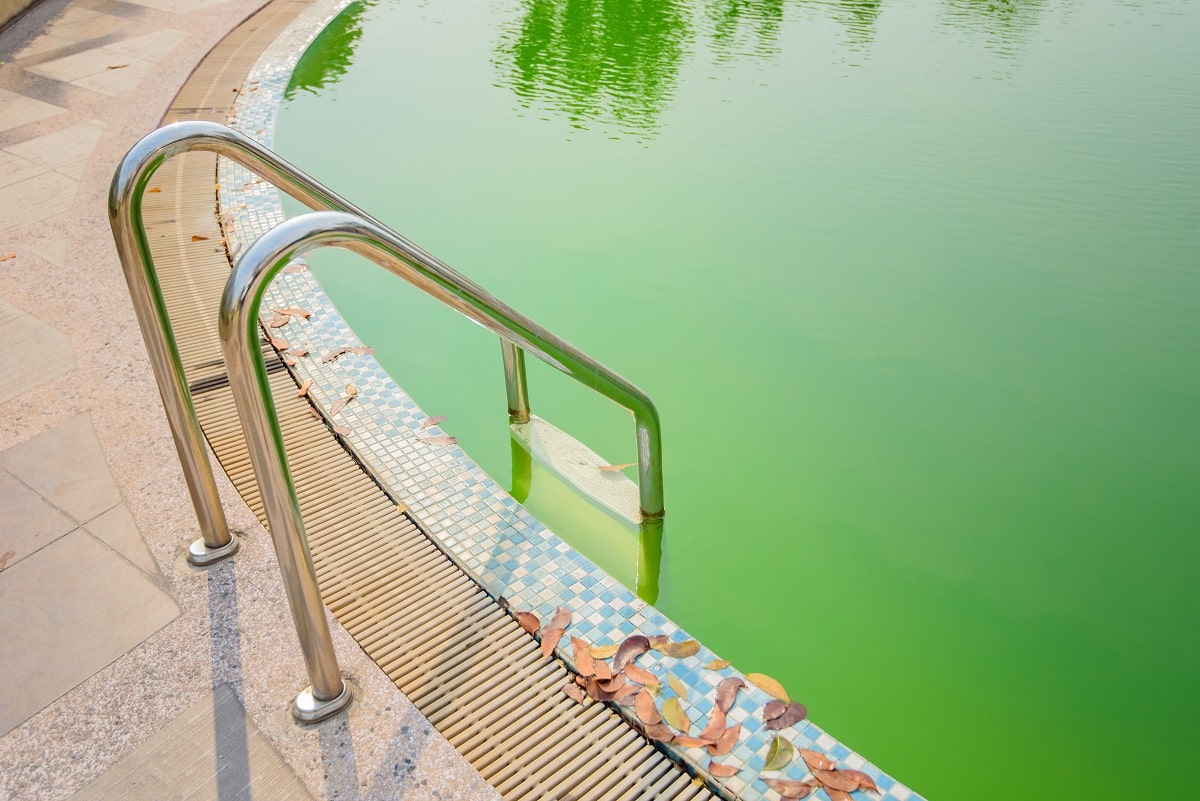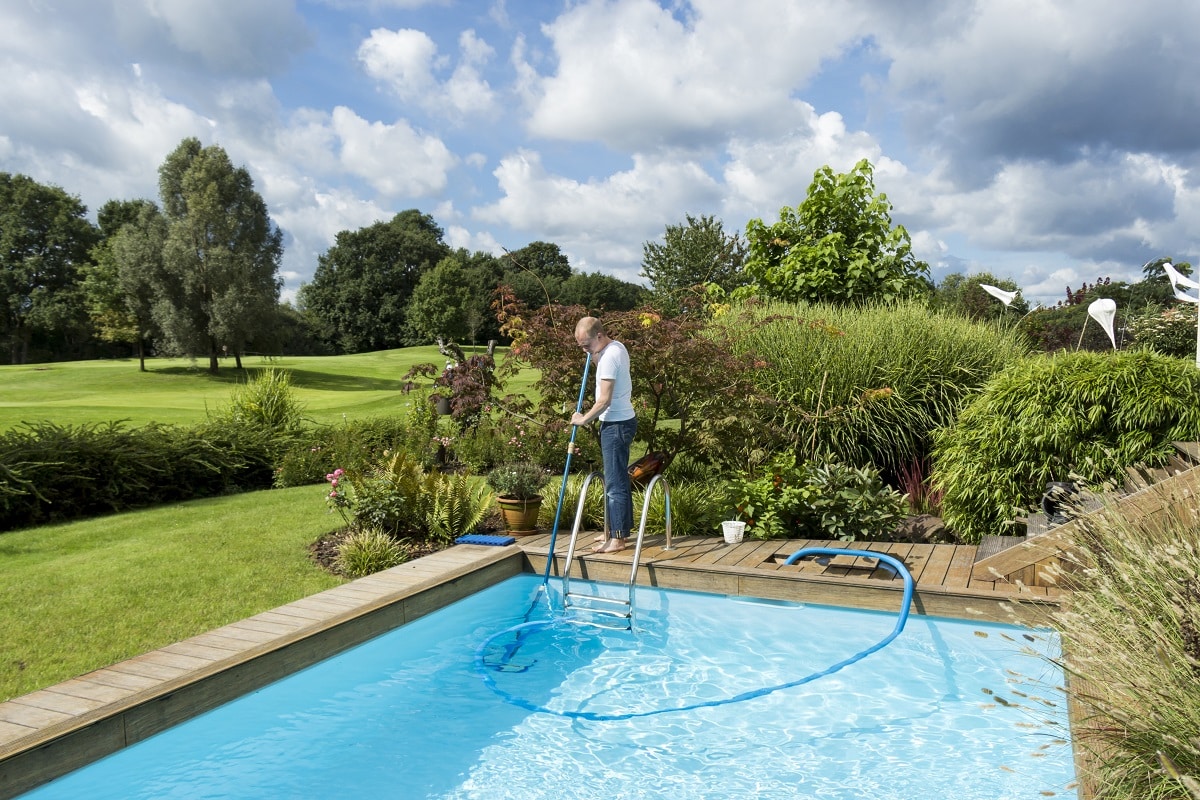
Yellow algae, also known as mustard algae, is a shocking sight when it is found in the corners of residential swimming pools. The good news is that yellow algae is uncommon. The bad news is that, when it does occur, it’s persistent. These ugly algae can make your pool look gross and quickly ruin your pool fun. Before yellow algae wrecks your entire summer, learn about this type of algae, the reason it’s in your pool, and how to get rid of it for good. You should also learn about the health hazards of swimming in a pool with algae. For fast results, contact local professionals in swimming pool maintenance in Duluth who can help identify the algae and remove it for you.
What is Yellow Algae?
Yellow or mustard algae is a form of green algae that has become resistant to chlorine and other sanitizers. Unlike green algae that floats on top of water, yellow algae clings to surfaces, such as the walls or bottom of the pool, or on other objects like pool lights, ladders, or filters. Though it often emerges as dirt or sand-like substances on or around the pool, it can also be found on pool equipment and toys. Since it’s chlorine- and cleaner-resistant, yellow algae can be difficult to get rid of and keep from coming back.
What Causes Yellow Algae in Pools?
Yellow algae can form in your pool for many reasons. The most common is that something is off in the chemicals in your pool, or that something is in your pools that shouldn’t be. If you have yellow algae in your pool, consider how you have been using your pool, how thoroughly you have been cleaning your pool, and if you have effective circulation and filtration in your pool setup. If the pH or alkalinity of your pool is off, that may be the culprit. Debris, phosphates, and pollen also can cause yellow algae, and you’re more likely to get algae in warmer climates or in areas with environmental and atmospheric changes.

How to Get Rid of Yellow Algae in Swimming Pools
In order to successfully get rid of yellow algae from your pool and the surrounding area, you will need to thoroughly clean everything. That means washing your bathing suits, pool equipment, water toys, and floatation devices. You then want to remove all the yellow algae, which can be done using a brush to loosen up the algae and then a vacuum to completely get it out of the pool. This step may have to be repeated if your pool chemistry is still off, which you can find out by testing it. If the pH is correct, then the next thing to do is shock your pool with chlorine. All the big equipment that you weren’t able to clean on its own can be put into the pool and shocked along with the water. Test the water after shocking, and if the algae isn’t all gone and if the pH is still off, shock the water again while running the pump and filtering the water for at least a day in between.
Once you get rid of the yellow algae from your pool, prevent it from returning by washing anything that goes into the pool and testing the water regularly. If you aren’t prepared to tackle yellow algae yourself, contact a pool cleaning and maintenance company. For the best swimming pool cleaning and maintenance service in Duluth, contact Sunrise Pool Services, your trustworthy swimming pool cleaners in Duluth.
